Date palm - rules for transplanting and growing at home (90 photos)
Dates - oriental sweetness, taste familiar from childhood. For us, this is a treat for the holiday and a subject of desire. As for the East, from where this sweetness is brought to us, the fruits of the date palm are everyday food, and not only human, but also excellent pet food.
In the Maghreb countries they feed camels and horses. For the inhabitants of these countries, dates are about the same as for Russian people oats, from which we make both oatmeal for everyday food, and oatmeal cookies that children eat, they feed horses.
The only difference is that the oats must be ground to the desired consistency before use, and the dates are eaten as they were created by nature, unless the bone is taken out. Looking at the photo of the date palm in the brochures, you will never think that the fruits of this chic tree are used to feed livestock.
Dates are an extremely nutritious product. One kilogram of dates contains 280 kilocalories, they are rich in vitamins and trace elements. Dates are fruits growing on palm trees: trees whose habitat are the tropics.
Consequently, palm trees will never grow in the gardens of central Russia, unless, of course, there is a radical change in the climate of our country. According to the Russian proverb: even if you can’t, but really want to, then you can, the Russians have learned to grow date palms in the middle lane.
Date palm in a flower pot
Let not in the gardens, but on the windowsills, but all the same date palms we grow as indoor plants. Despite the fact that the microclimate of the city apartment allows you to grow in pots and tubs, almost any plants, the date palm even at home requires special attention, otherwise it will not be able to please us with its lush crown and sweet fruits.
You can get your own date palm tree by simply planting a bone from a date bought in a store in a flower pot. However, the question is: how to grow a date palm from a stone is far from idle, because if the dates are old, their seeds may not come up.
In order for a sprout to appear from the bone over time, it must first be soaked in warm water for two three days. The water temperature should not be colder than 30 degrees Celsius and not warmer than 35.
Peat and sand should be part of the soil under the date palm, sand can be replaced with ordinary earth. The soil is laid in three layers. The bottom layer is drainage, which can be expanded clay, peat is placed on the drainage. From above, all this is covered with sand or earth.
Seeds are applied to a depth of one, two centimeters, after which they are watered. Germination of date palm seeds occurs rather slowly. A young sprout will appear on the surface only 20-25 days not earlier, and only if regular watering is performed all this time and the ambient temperature is maintained at a level of 20 - 25 degrees, not lower.
The emerged sprout must be transplanted into new soil. Instead of peat, ordinary land mixed with humus should now be used. The top layer of the new soil should also be sand. When your date palm is in the pot, the newly transplanted plant should be abundantly watered and kept in a well-lit place.
However, despite all the love of the date palm for light, it does not tolerate direct sunlight and in order to provide it with the possibility of rapid growth, it should always be slightly shaded.
Date palm transplant rules
Palm trees are fast-growing trees, and in a year she will need a new transplant. Proper care of the date palm implies that a person has at least basic knowledge from the field of crop production, since without them a person cannot have any idea about how to transplant a date palm.
Since it does not tolerate transplants, in order not to ruin a valuable plant, it should be transplanted only in the spring, by the method of transshipment. In the process of transshipment, it is impossible to shake the ground from the root in any case, replanting a tree in a prepared ground along with a lump of the land in which the palm tree grew earlier.
When the plant grows stronger and passes into its adult state, its growth will slow down, and he will no longer need an annual transplant, then replanting can be done no more than once every 3-5 years.
Over time, the palm becomes so large that its extraction from the pot will be associated with the inevitable trauma of the plant. In this case, the problem that has arisen is resolved radically. The old pot is broken, and the palm tree, together with a lump of land, is transplanted into a new pot of a slightly larger size. Moreover, a larger pot size means that it does not have to be wider than the old one, but much longer than the one in which the palm tree grew earlier.
Of course, a regular transplant, so to speak: “not healthy” to the plant, and it would seem that it is much more advisable to immediately plant it in the largest vessel and never disturb again. But the point is not only in the new large vessel, but also in the fact that with each replanting the soil is renewed and the tree receives a fresh portion of the substances useful for it.
Feeding Date Trees
At each transplant, a fresh portion of fertilizer is applied to the soil. For every three liters of soil in a new vessel, one tablespoon of superphosphate is added. If the quality of the available soil is poor, it is recommended to buy the necessary mixes in flower shops that offer them in a fairly wide range.
Partial renewal of the soil in the pot should be done annually. For this purpose, two to four centimeters of soil is removed from the top soil layer and a new layer of the same thickness is poured in its place.
Fertilization in the soil should be done quite often at least once a month in the winter and every ten days in the summer. Organic and mineral fertilizers are applied during irrigation, adding one gram of potassium nitrate per liter of water.
Regular watering (without fertilizer) in the summer is carried out daily, in winter, as the top layer of the earth dries in a pot.
Diseases and their causes
If the date palm care rules are not followed, the plant begins to hurt. Diseases of the date palm can be very diverse, and have far-reaching consequences.
Scale is one of the most common diseases of date palms. Its symptoms are drying of leaves and the formation of brown spots on their surface. The reason is insufficient humidity.
In order to rid the date palm from the scab, you need to wipe its leaves with a swab dipped in soapy water, then spray them with an actinic solution. The procedure must be performed weekly at least four times.
If the soil in the pot is dry and in the room where the palm tree is located, low humidity - the tips of the leaves begin to turn yellow. Eliminate the problem will help the frequency of watering and spraying the plant.
Quite often, new shoots of palm trees begin to dry out, their base rots, and they themselves fall out of the socket. The reason for this lies in the lack of light and waterlogged. In order to cope with this disease, it is necessary to rearrange the palm tree in a brighter place, as well as reduce watering and spraying, sprinkle rotten places with tetracycline.
If the growth of a palm tree has slowed, then it follows that the palm tree has outgrown its pot and it lacks living space and nutrients. In this case, the tree needs to be transplanted without violating its earthen coma, since its violation can aggravate the situation.
White spots on the leaves, the so-called mealybug, are easily removed with a swab dipped in alcohol. In addition, treatment with anti-colic agents does not hinder the leaves.
If brown spots appear on the leaves of the date palm, it means that the air in the room is overdried, and cold water was used to spray it. To fix the situation will help installing next to the palm of the tank with wet expanded clay.
There are age palms and age-related diseases when the lower leaves dry. In this case, dry leaves must be torn off.
Photo of date palm
Gladiolus in the country: reproduction, care, description, 90 photos of a flower
Pergola: 110 photos of stylish do-it-yourself shelter from plants
Swimming pool on the site: 105 photos of ideas for creating a stylish and convenient tank
Shod arbors - 140 photos of the best design of an arbor on a site. Popular options from the pros!
Join the discussion:






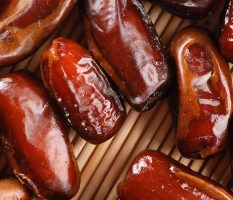
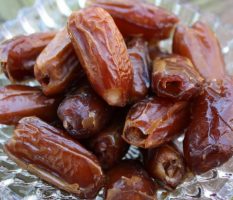


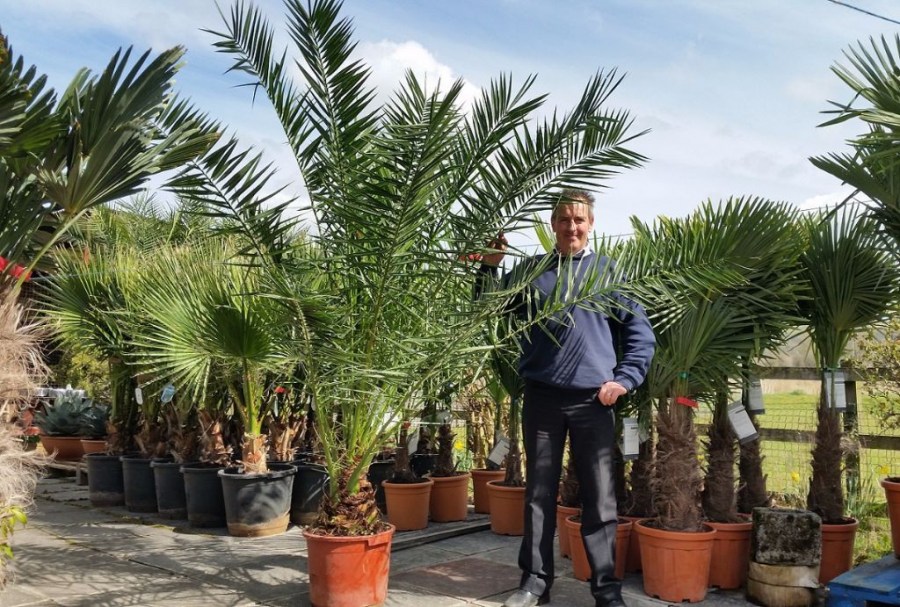

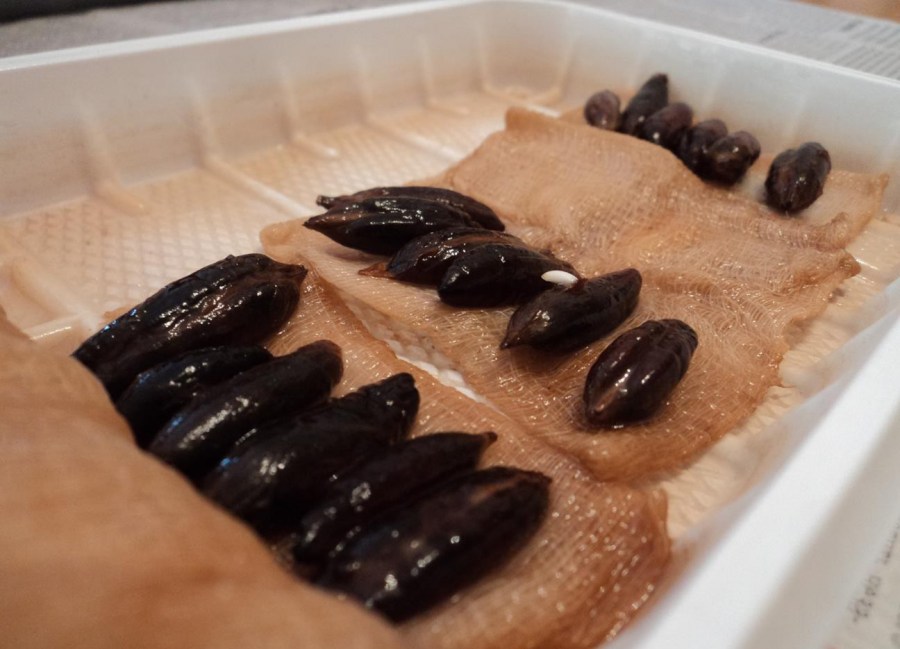
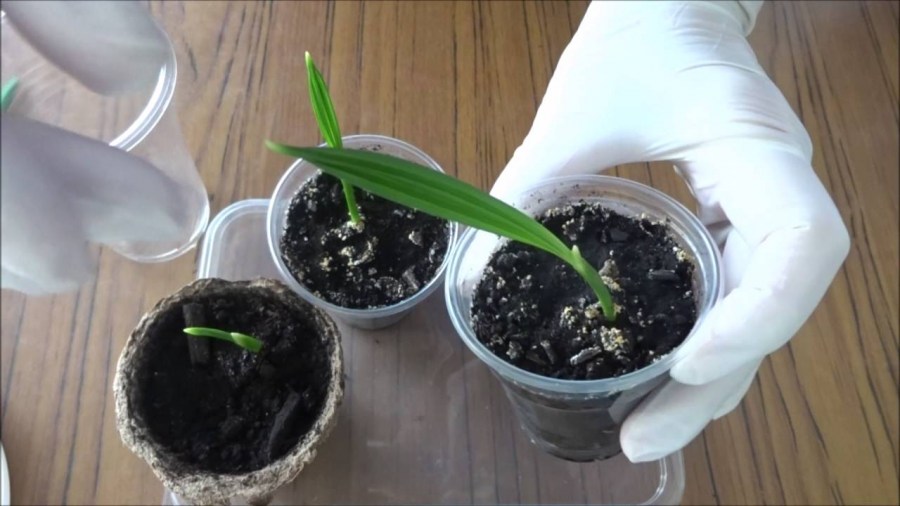




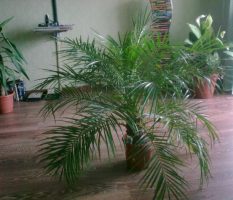










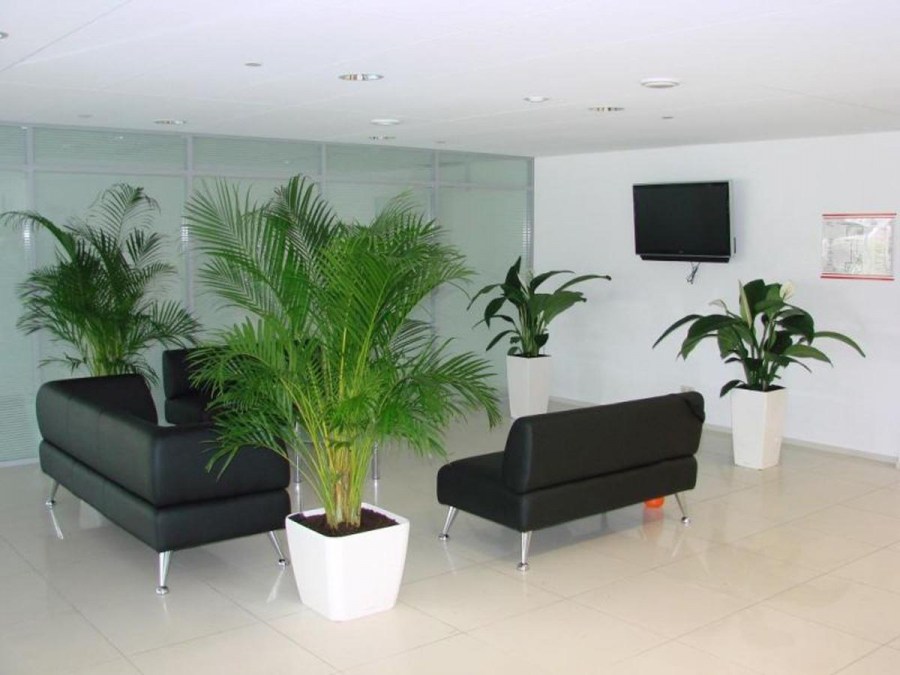



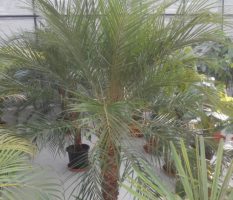
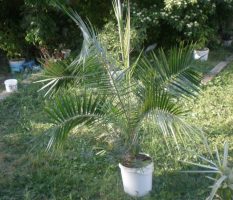
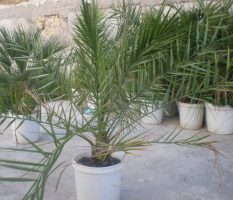


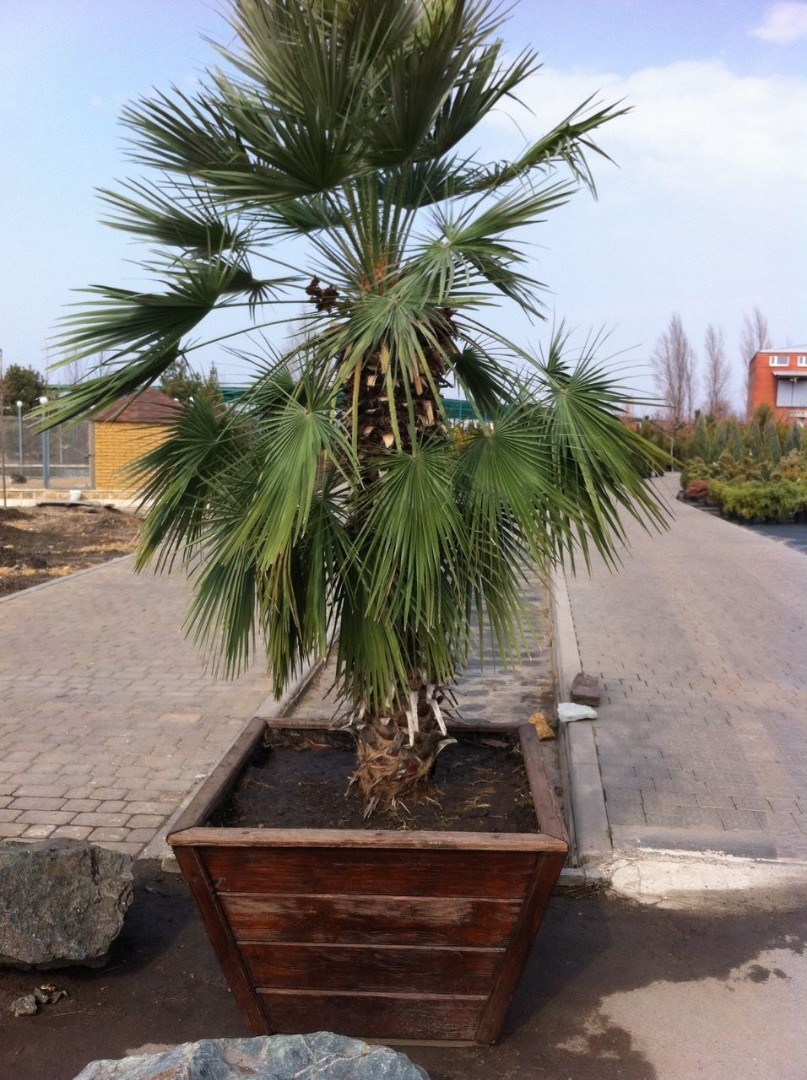



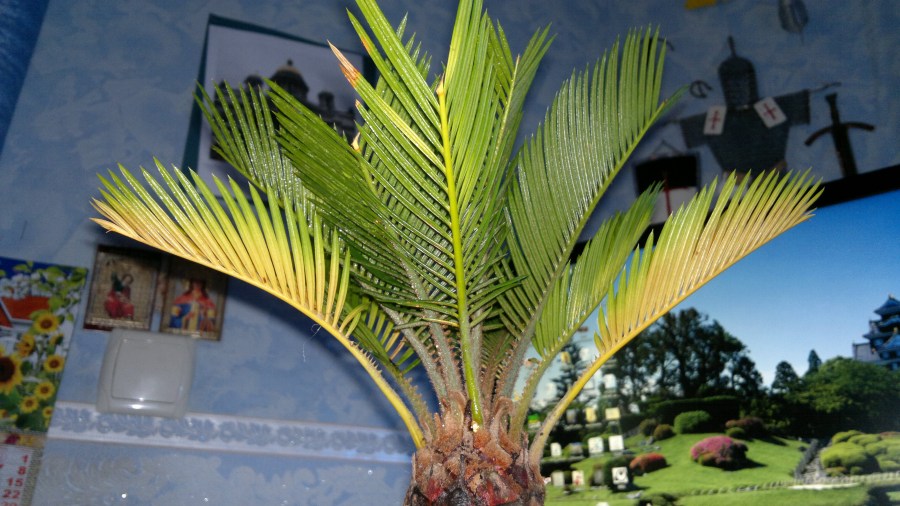

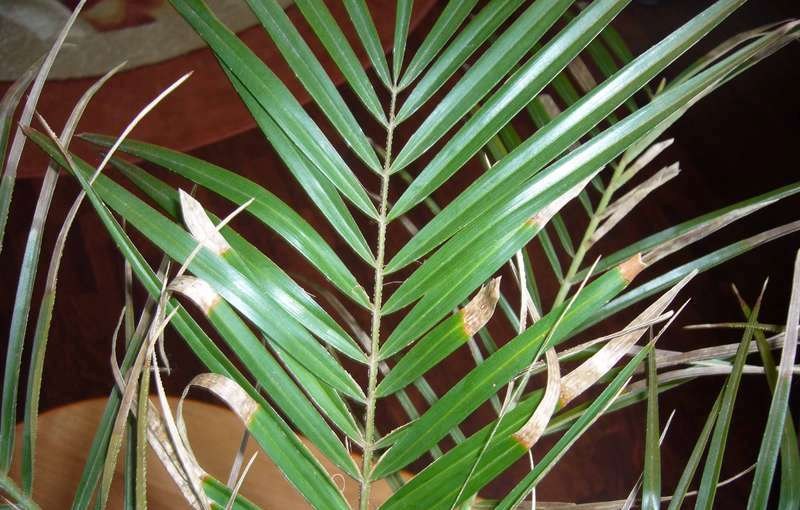

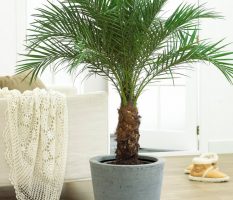











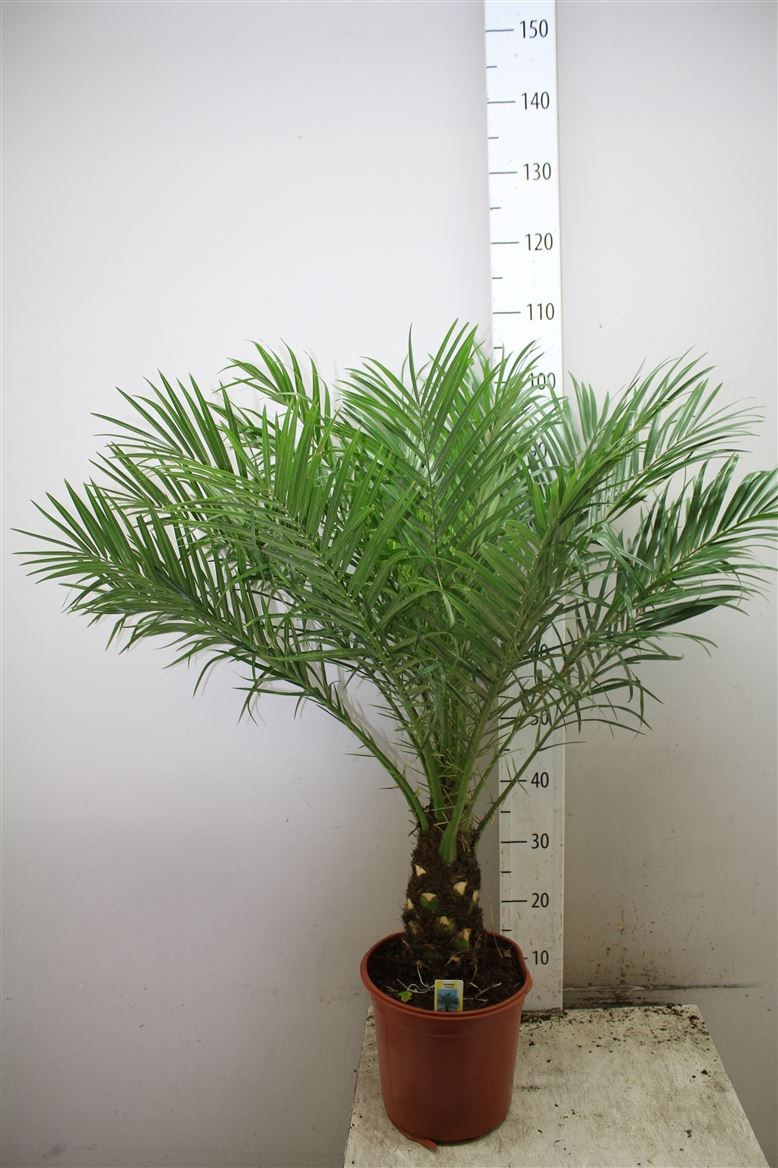


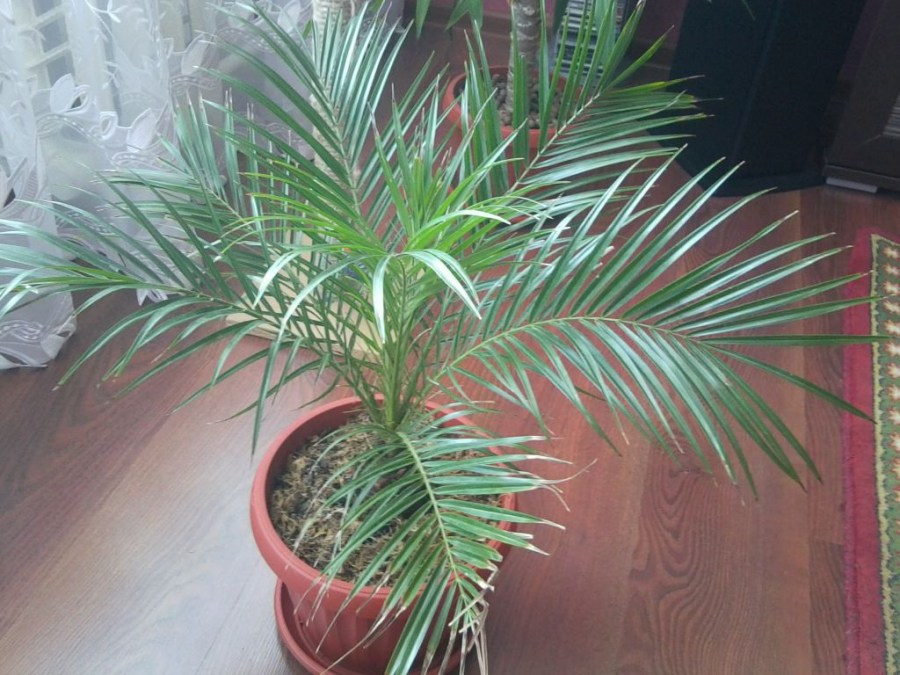
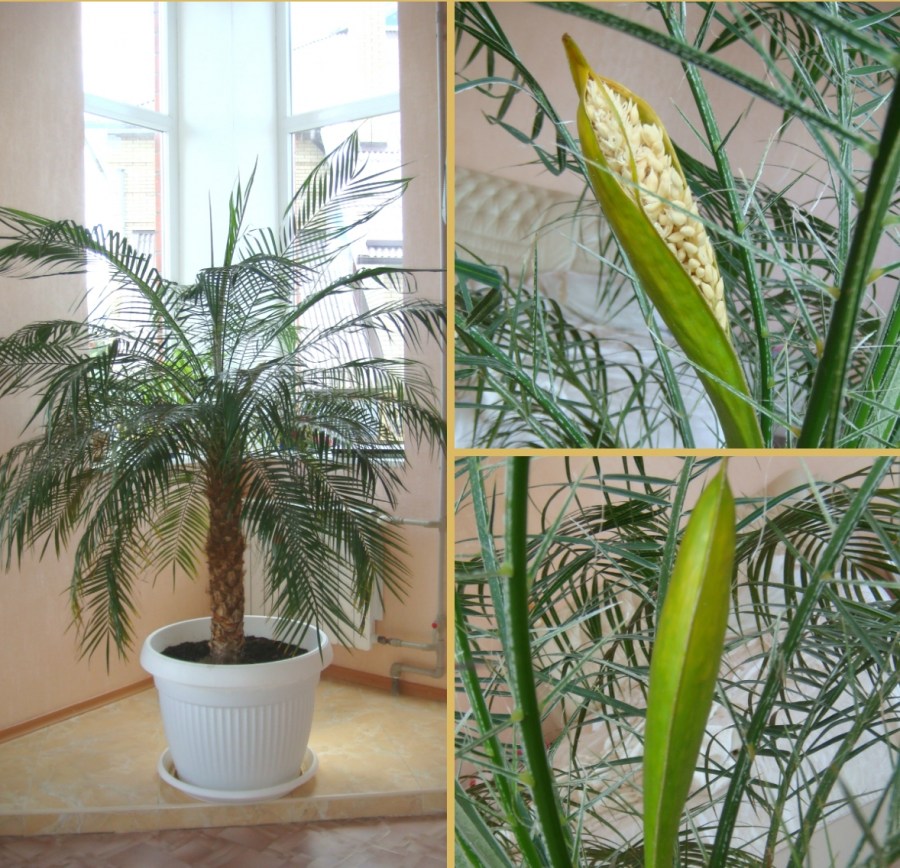




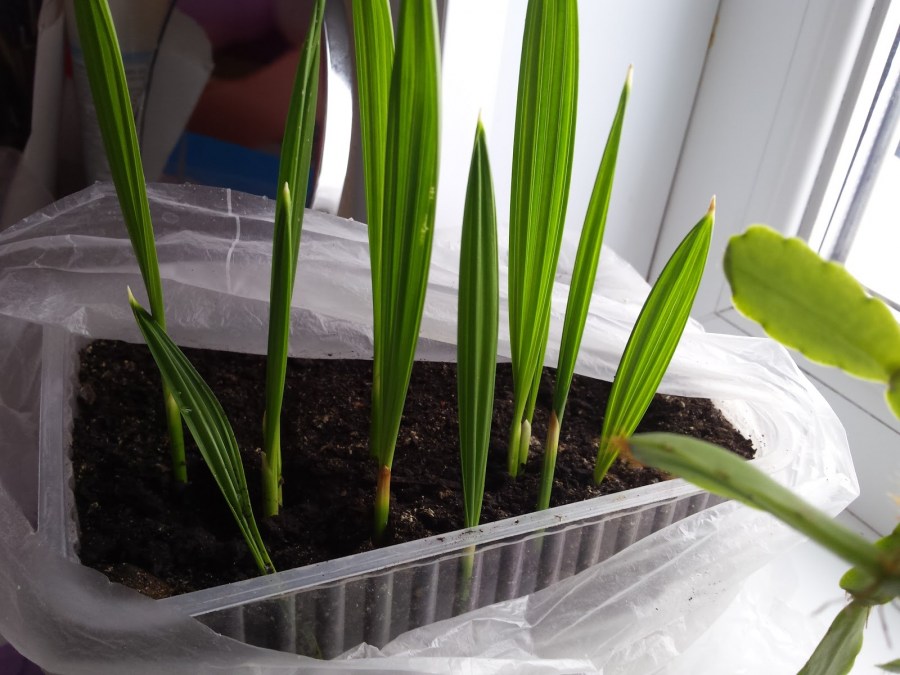
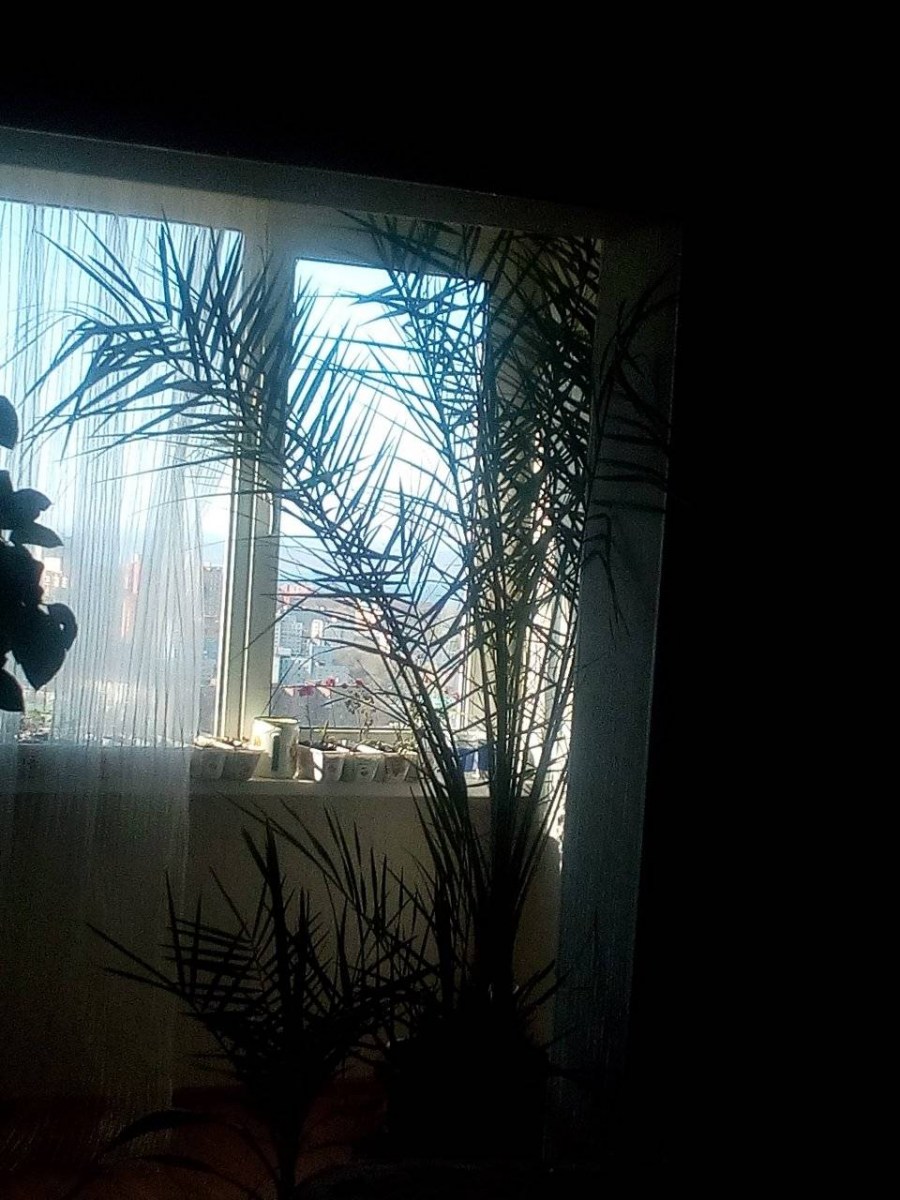
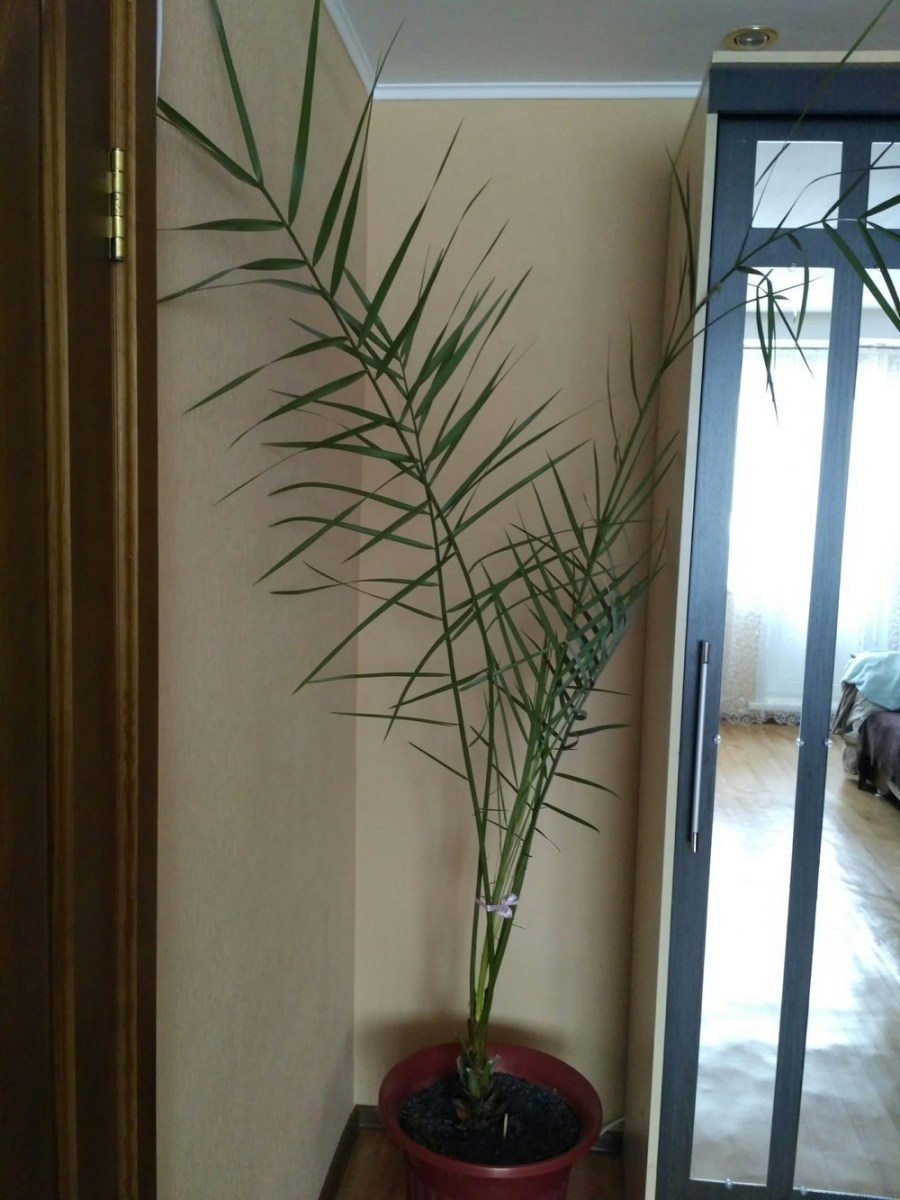
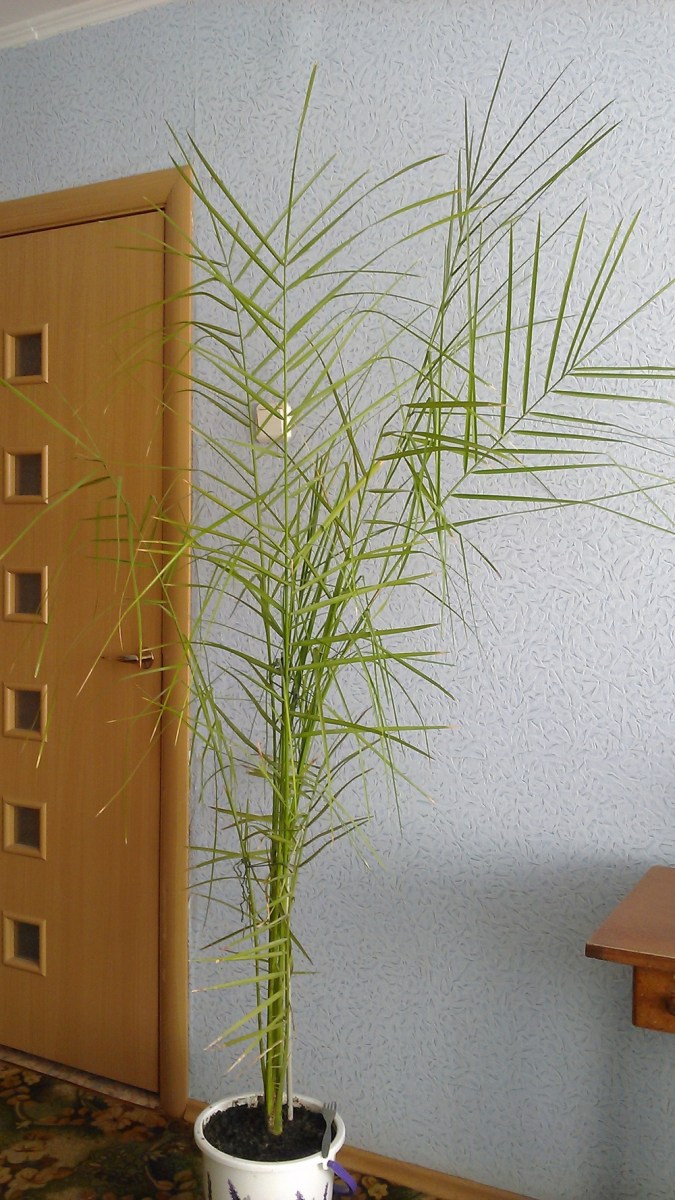
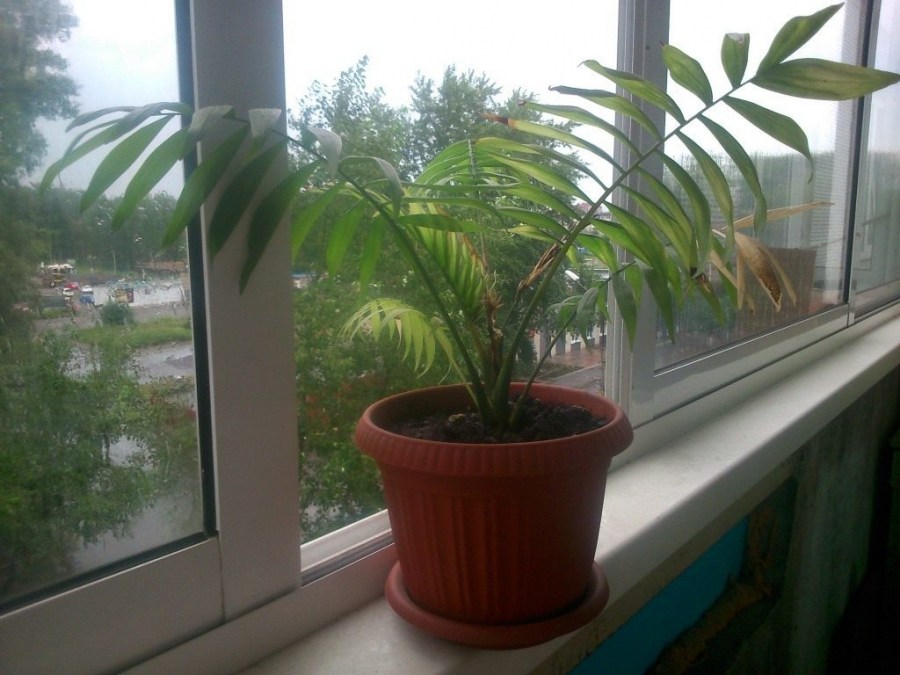





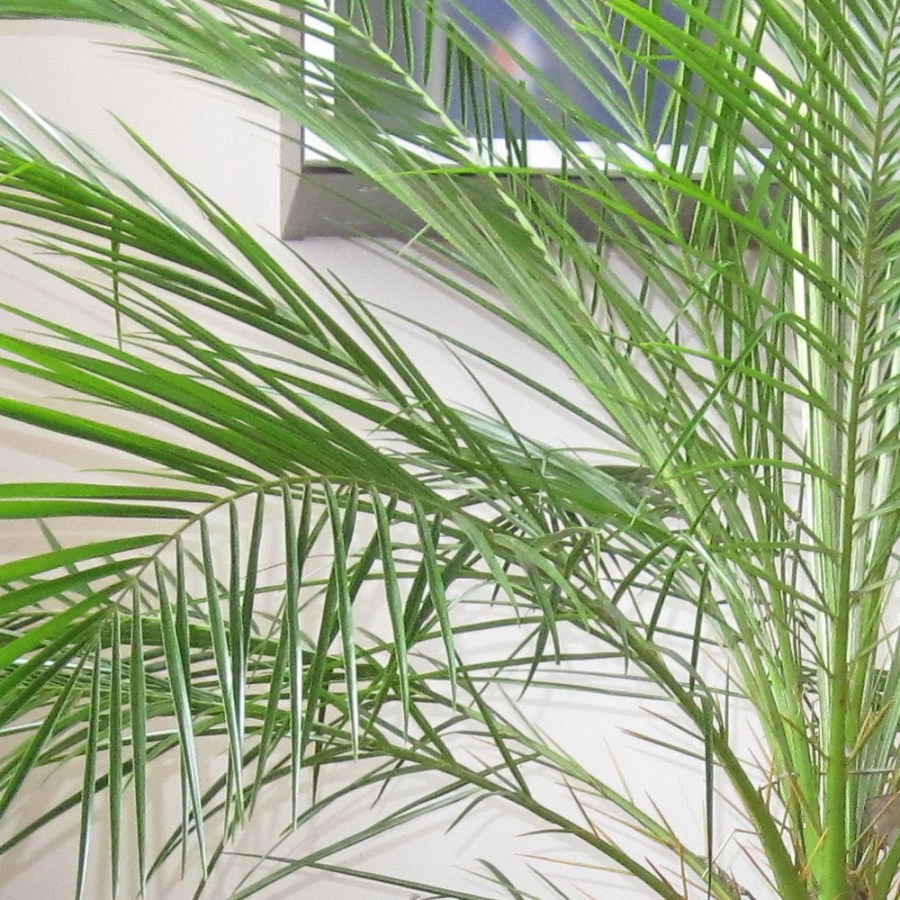


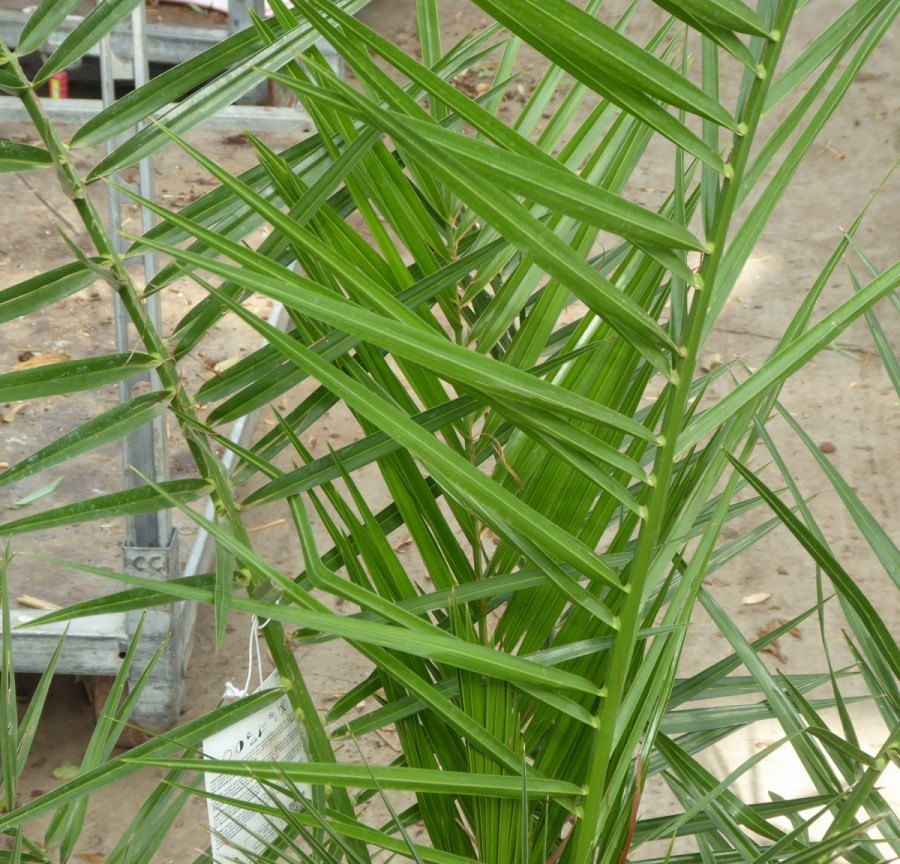
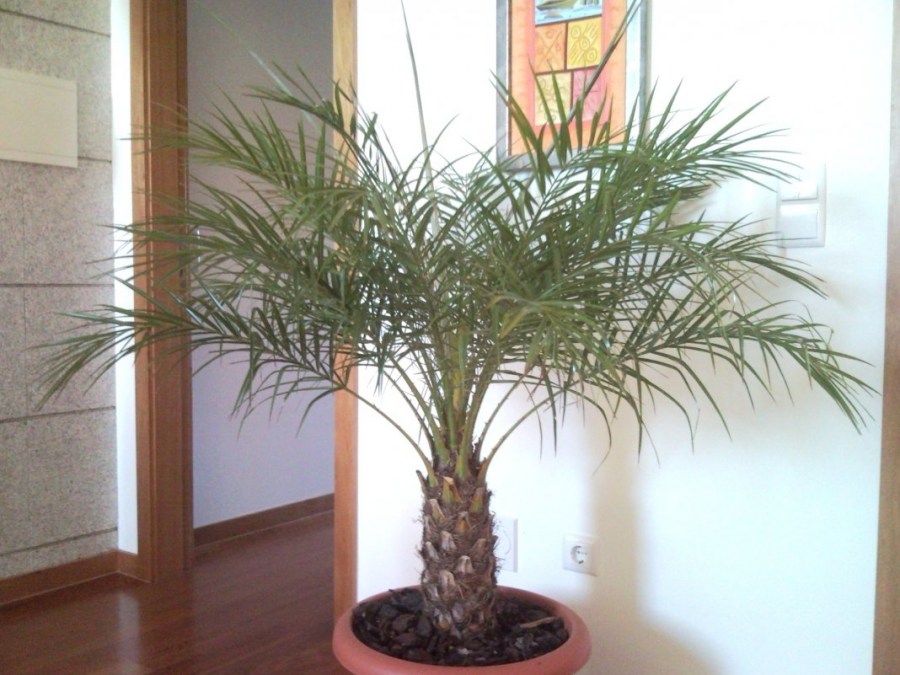
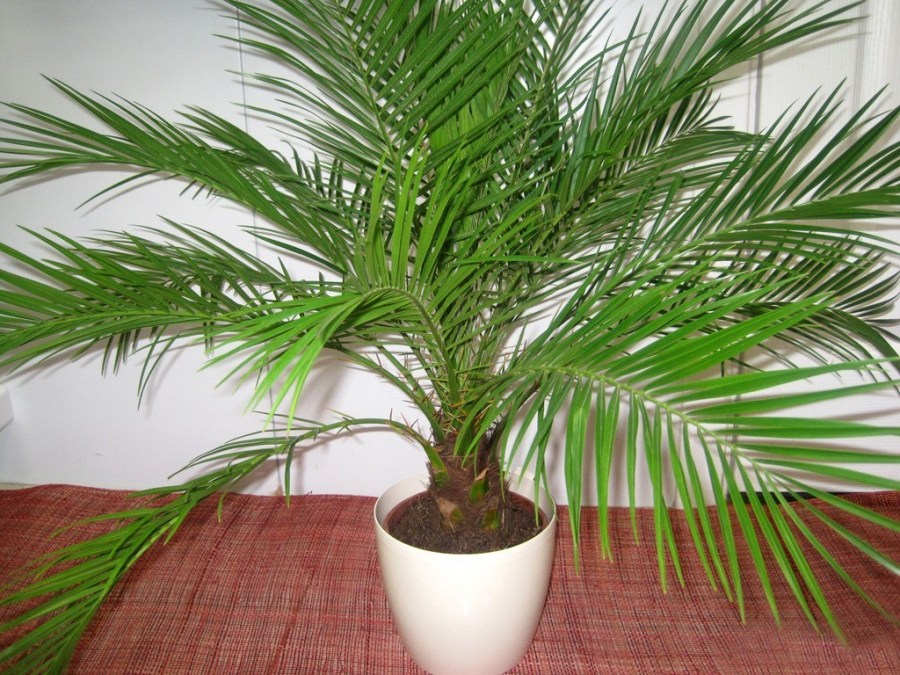
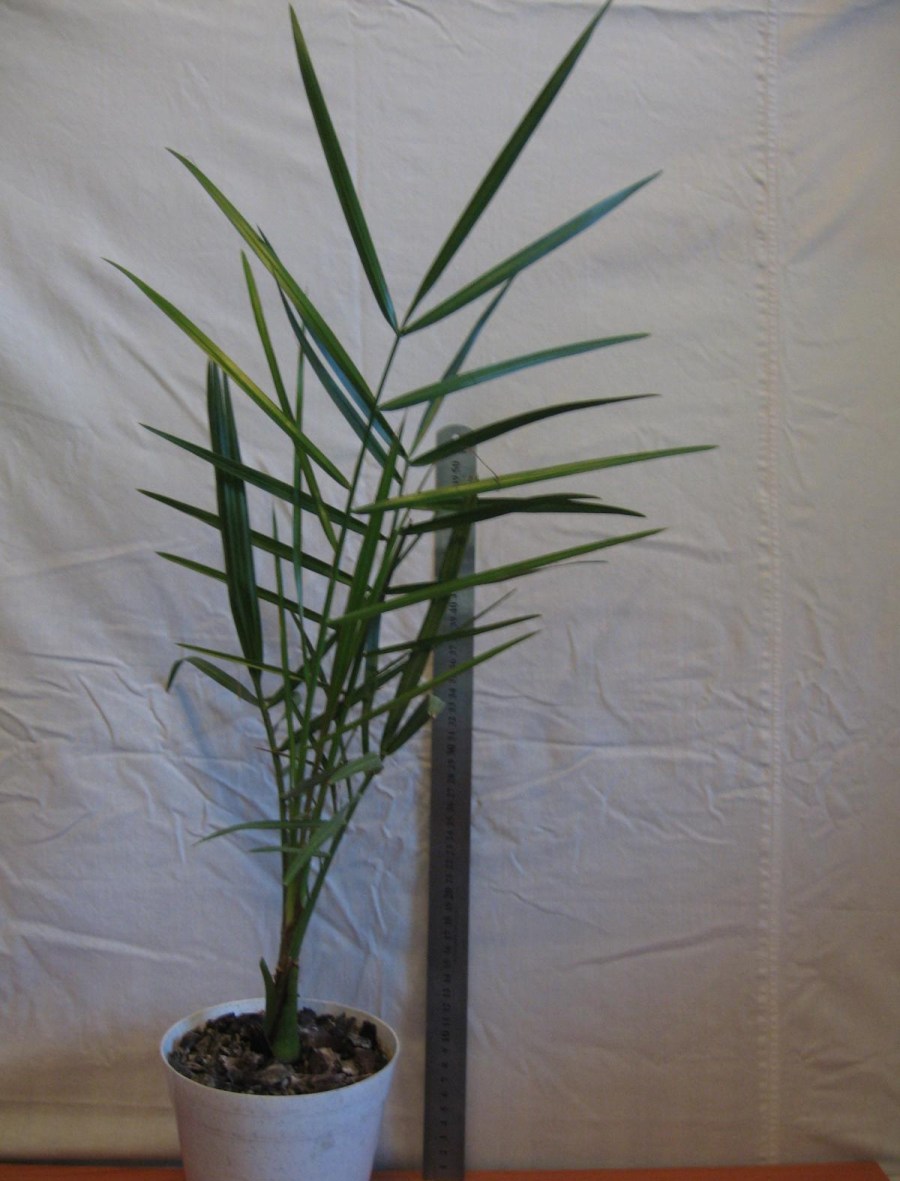

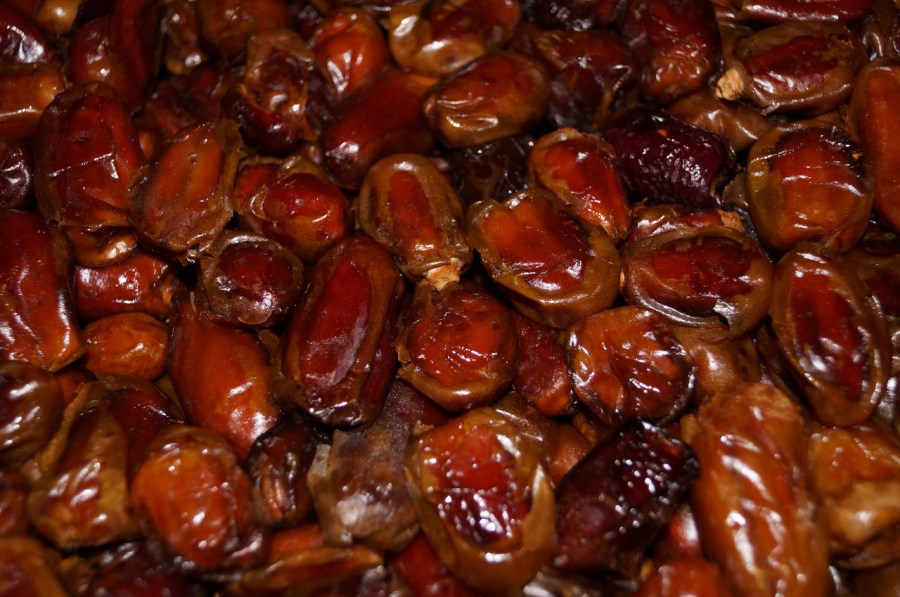


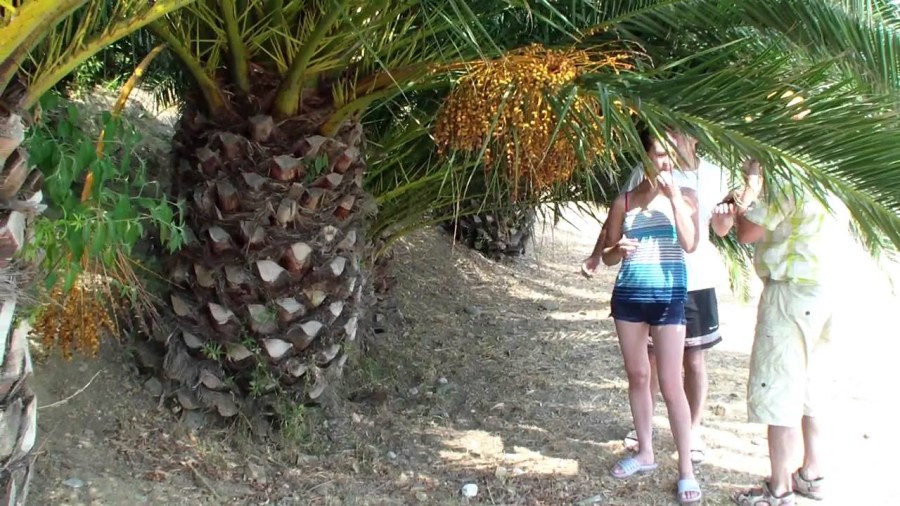

Such beautiful photos and palm trees! I immediately wanted to plant one at home. It is a pity that she will not bear fruit at home. ) It turns out that for its cultivation very large pots are not needed - this was a discovery for me. ) Thanks again for the photo! Who will tell you what kind of pod in one photo? Does it bloom like that at home? If so, then this is so unusual! And then what happens to the pod? Answer who knows!